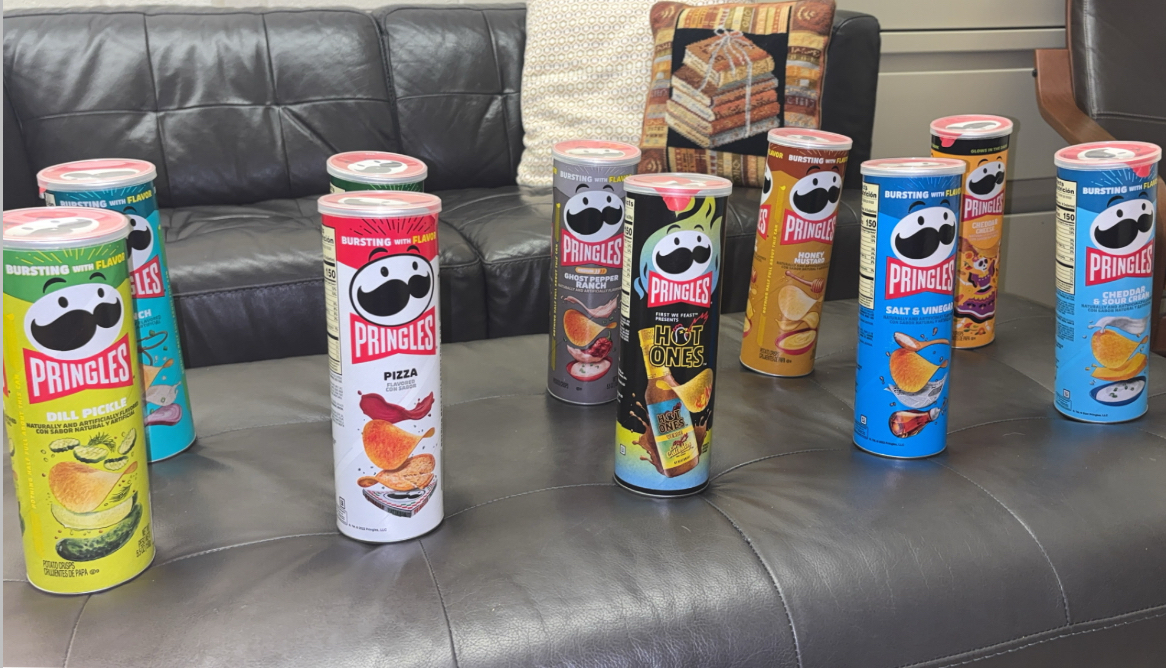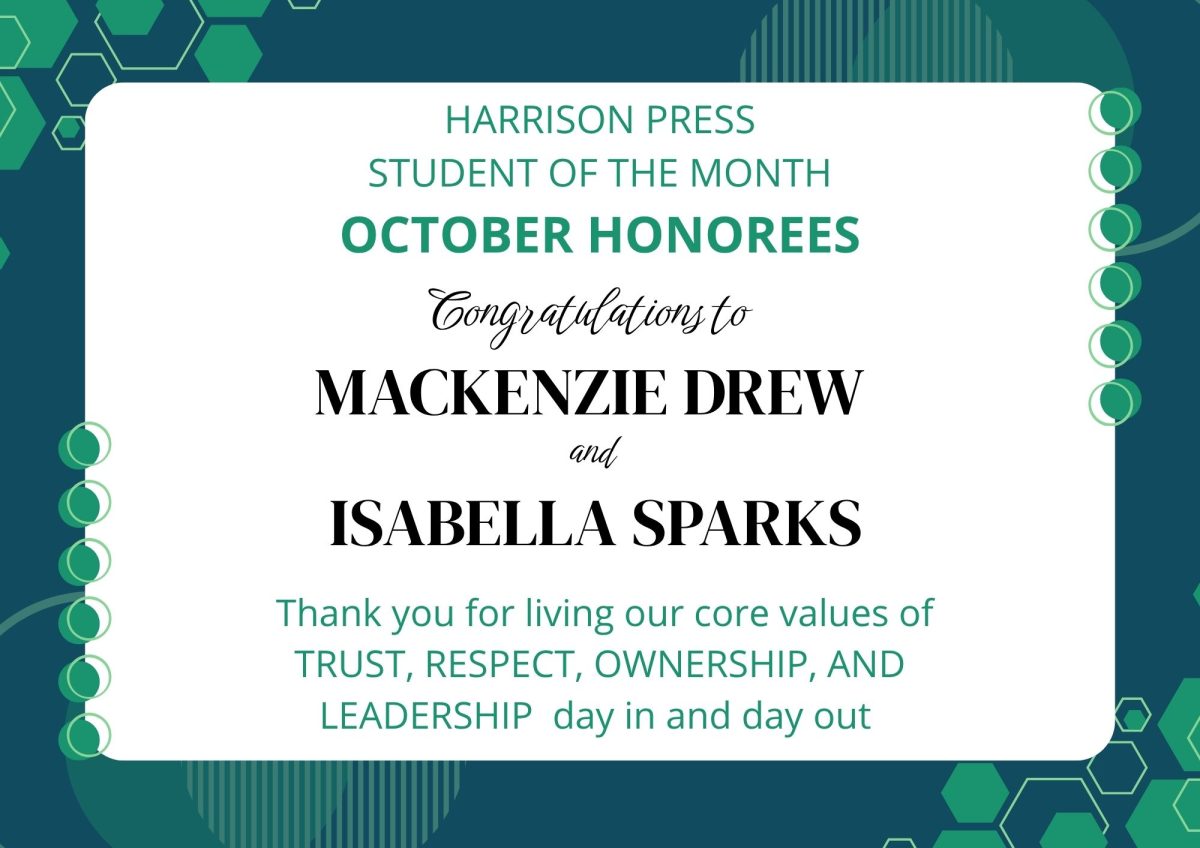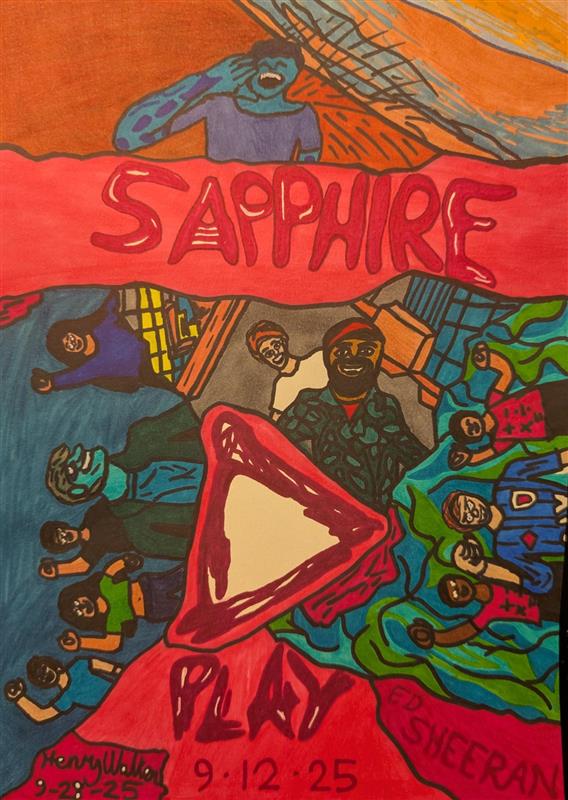Ah… yes. November! The month of thanks, football, turkeys, crunchy-fall leaves, and diabetes awareness. Most people have heard the term “diabetes” before, but they might not know much about it. So, in honor of national diabetes month here’s a breakdown of it told by a kid, for kids.
Disclaimer: School newspapers are not a great resource for medical information. If you have health concerns, please contact a doctor. This article’s main purpose is to bring awareness. Sources will be included at the end of the article that you can refer to for further research, which is always encouraged. (The few underlined words will have a simplified definition near the end of this article because I know for me personally, they would’ve been helpful during research. Hopefully they are helpful to you as well).
A lot of people don’t know what diabetes is even though most of us have heard of it before, So, what is diabetes? Essentially, diabetes is the lack or misuse of your body’s insulin. Insulin is created in your pancreas. Once the pancreas releases insulin into the bloodstream, it will circulate and let sugar into the cells. This lowers the amount of sugar in the bloodstream, and as the blood sugar level drops, the pancreas lets out less insulin until the blood glucose levels are back to normal. If the pancreas doesn’t use or create enough insulin, we are met with high blood sugar. Having high blood sugar for prolonged periods of time can cause a serious snowball of problems if not rectified. These problems include damage to blood vessels, the heart, kidneys, feet and eyes.
TWO DIABETES STORIES
A diabetes diagnosis will touch every person differently. Harrison has been touched by diabetes in more ways than one. For example, Andrew Baker, Senior, has been diagnosed with diabetes since he was 15 months old. He said growing up with diabetes was challenging at first. He had to stop what he was doing, check his sugar and take a shot accordingly. Andrew says managing his diabetes has gotten easier with age. Baker got a pump in March of 2024, the Omnipod 5. Andrew says he uses the Omnipod because “it’s much easier than using an insulin pen or syringes.” If Andrew’s blood sugar falls, low he munches on some Motts fruit snacks.
Diabetes doesn’t just affect the life of a diabetic. Rachel Mallicote, a loving parent and teacher at Harrison High school, shared her experience of raising her 9-year-old son Tommy, who was recently diagnosed with T1D in February of 2024. Mallicote shared that first receiving this diagnosis was “both incredibly overwhelming and a huge relief at the same time.” She goes on to explain that Tommys random symptoms seemed strange, but she and her husband put the pieces together right before they took Tommy to the hospital. Tommy was in the hospital for 4 days. 8 to 12 hours out of each day were dedicated to a training session on how to keep Tommy safe and healthy. Mallicote also shared what it was like to be in her shoes throughout all this. “We knew our lives were changed forever. It was like being dropped immediately into a job you didn’t want, with requirements you didn’t understand, with round-the-clock responsibilities that never end, and any errors could cause the death of the person you love most in the world.”
This is a stressful situation for parents no doubt, but of course the stress of the diagnosis hit Tommy as well. There was anger, confusion and so much to absorb. It’s difficult for most grown adults to understand diabetes, but Tommy got dumped with this diagnosis at 9. Mallicote assured that Tommy has been adapting with time. In the past year Tommy has had to raise his blood sugar back up many times and his favorite snacks to do that have been skittles and starburst.
A couple things Mrs. Mallicote wished people knew about diabetes was the difference between types 1 and 2, and that “People with diabetes can do anything that non-diabetics can do; they just need to plan for it and have a good support team.” She also left great advice for fellow parents of diabetic children. “Ask the medical professionals at the time of diagnosis. Call the nurse line when you have a question at 2am because your kid won’t stop vomiting and his blood sugar is dangerously low. Talk to family, friends, neighbors, Facebook Groups, etc; anyone who has experience with diabetes can be a source of knowledge or help. It can feel isolating to parent a T1D child, but there is always someone to talk to for help or reassurance.”
TYPES OF DIABETES
There are 2 common types of diabetes: Type 1 and type 2, with key differences in both. Type one diabetes can be diagnosed at any age, but it’s commonly diagnosed in children and young adults. Type 1 Diabetes, often referred to as T1D, is an autoimmune disease. Cells that make insulin get attacked by the immune system, which causes the body to shut down insulin production all together. Type one diabetics have to take insulin around 4 maybe 5 times daily to survive because their bodies don’t make it organically. Insulin can be taken in the form of a shot, an insulin pen, or a device called a pump. There’s a couple different styles of pumps suited for different lifestyles.
Type 2 diabetes is a little different. It’s more common in adults who are 45 and older, but doctors have been finding an increase in children as well. According to NIDDK, “You are more likely to develop type 2 diabetes if you have risk factors, such as being overweight or obesity, and a family history of the disease.” Other risk factors include high blood pressure and physical inactivity. Type 2 happens when the pancreas starts to misuse or make less insulin. Treatment looks a lot different for type 2 diabetics. It’s usually a lifestyle change such as healthy diet changes, regular exercise, weight loss, monitoring blood sugar, diabetes pills, or insulin therapy. But unlike type 1, you can prevent or slow down type 2 diabetes from developing. You can achieve this through healthy habits such as exercise, a clean diet, and weight loss.
There’s also a lesser-known 3rd type of diabetes called gestational diabetes. Gestational diabetes is developed during pregnancy, but in most cases will go away after birth. This form of diabetes can cause health issues for the mother and child. Staying on top of your sugar levels will help to protect all parties involved. If you get gestational diabetes, this increases yours and your child’s chances of getting type 2 later on. 90 percent off pregnant women have a risk factor for gestational diabetes. However, gestational diabetes can be preventable by losing extra weight before getting pregnant and by being physically active.
SYMPTOMS OF DIABETES
Lots of people don’t know the symptoms of diabetes and are clueless to the fact that they might be diabetic. It’s important to know the symptoms of diabetes so it can be caught early on. Here’s a list of typical symptoms seen in diabetics before they are diagnosed: extreme thirst, frequent urination, weight loss, tiredness, weakness, mood swings, blurry vision, slowly healing sores, ketones found in urine, etc. It’s also important that you know those who develop gestational diabetes most likely won’t suffer symptoms as extreme as types 1 and 2. Blurry vision, fatigue, nausea, and blurred vision are most common in gestational diabetes
Diabetes is a common disease that isn’t talked about as much as it should be. Most people don’t know anything about it until they are personally touched by diabetes, whether it’s yourself, a parent, child, friend, significant other etc., it’s always helpful to be able to recognize the symptoms to understand what diabetes is as a whole and to create healthy habits as soon as possible.
Glossary
Pancreas: Your pancreas is an organ that helps you regulate blood sugar, also known as glucose levels.The pancreas also helps you digest food.
Glucose: Glucose is just a medical word for sugar. It’s our main source of energy. Your body makes some glucose organically but you also get glucose through eating carbohydrates or carbs.
Autoimmune disease: An autoimmune disease is a disease brought on by immune system malfunctions that causes the immune system to attack in some way.
Ketones: acids that your body produces while breaking down fat and carbs.




























